China is again hosting the Thomas and Uber Cup finals and four years after the badminton superpower won both cups at home, the Chinese are again looking to defend one title and grab another back.
By Don Hearn. Photos: Badmintonphoto
Four years ago, China hosted the Thomas and Uber Cup Finals in Wuhan with something to prove. After taking the Uber Cup six times in a row, they had lost it in 2010 to first-time winners Korea. The Chinese shuttlers faced Korea in two finals in Wuhan and took each by a clean sheet.
This year the Men’s and Women’s World Team Badminton Championships are again to be staged in China and the home team is once again hoping to erase the memory of losing. In 2014, Japan took its first ever title and halted China’s winning streak at five.
Home favourites in two senses
If there are two teams that do not need a home court advantage they are China’s men’s team and China’s women’s team. Since the turn of the millennium, China has won 5 of 8 Thomas Cups and 7 of 8 Uber Cups, not to mention 7 of 8 Sudirman Cups. The fact that 7 of those 16 world team championship competitions have been held in China is little wonder, however, when you consider that the nation is also home to most of the world’s badminton fans, as well as most of its stars.
Both of China’s teams are again heavy favourites to win. Thomas Cup holder Japan would have been a long shot even without the scandal that saw 2014 heroes Kenichi Tago and Kento Momota suspended by their association. Japan is reeling almost as much as then Uber Cup-holder Korea was in 2012, following the retirements of Bae Seung Hee, Lee Hyo Jung, and Lee Kyung Won.
This year, the Danes were seeded second for the Thomas Cup draw and 2014 runner-up Japan got the second seed spot for the Uber Cup. Are these really the two teams that have the best chance of topping the might Chinese, though? Looking at the head-to-head records of the seeded teams you can see a few teams that stack up pretty well against the favourites but you can also see how they might be vulnerable to other challengers just on the way to the final.
Of course, what makes these competitions so exciting is the fact that we never know where the key upset will come from. When Japan beat China in 2014, it was the first ever win by Momota over his opponent and in 2010, none of those Koreans had ever beaten their Chinese opponents before the day of that final.
The numbers
What follows is a look at the numbers for the head-to-head records of the three highest-ranked singles players and the two highest ranked doubles pairs against their counterparts on each of the seeded teams in the Thomas or Uber Cup. These tables cannot account for the use of scratch pairings in doubles or of resting a top singles player and using a lower-ranked player instead.
You can’t use this type of data to reliably predict the outcome of any of next week’s team ties, but they can give you an idea of how big an upset certain players will have to produce to help their team take home a Cup!
We have attempted to include results from non-ranking multi-sport events such as the East Asian Games, the SEA Games, and the Universiade. To see the tables in pdf format, which will allow you to follow the links to head-to-head tables on tournamentsoftware, please CLICK HERE.
The Thomas Cup by the Numbers
![PREVIEW – Thomas and Uber Cups back in China for good? China is again hosting the Thomas and Uber Cup finals and four years after the badminton superpower won both cups at home, the Chinese are again looking to defend one […]](http://www.badzine.net/wp-content/uploads/ngg_featured/20140524-1849-Thomas-Uber-Cup-2014-RAPH3016_rotator.jpg)
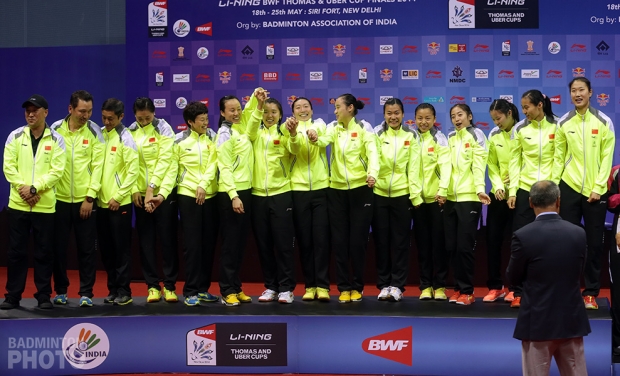
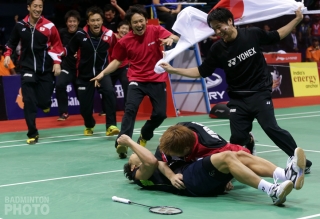
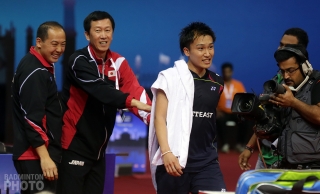
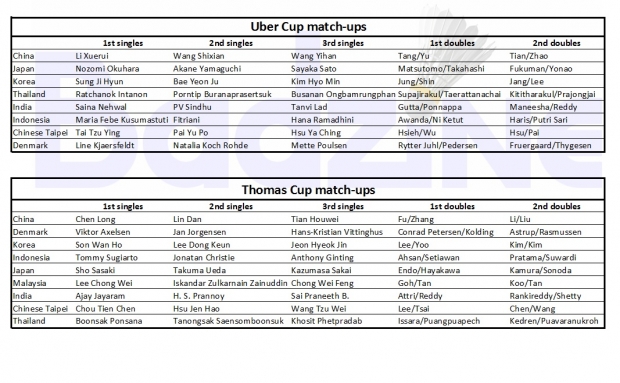
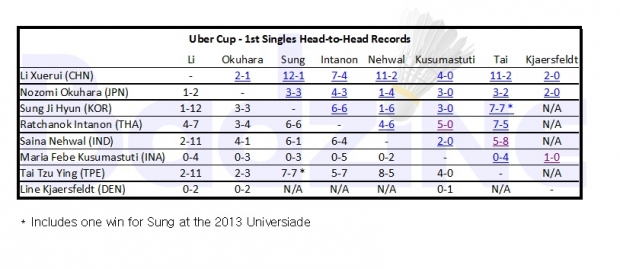
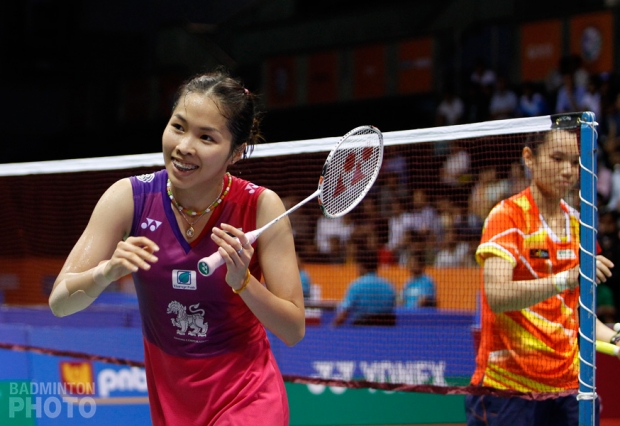
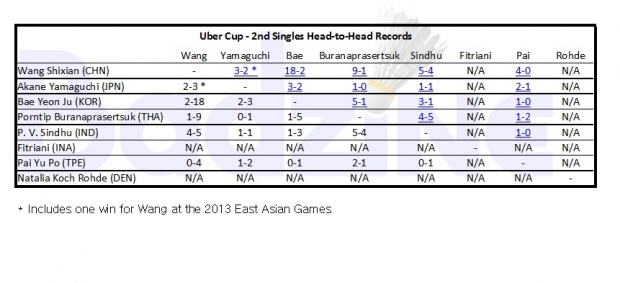
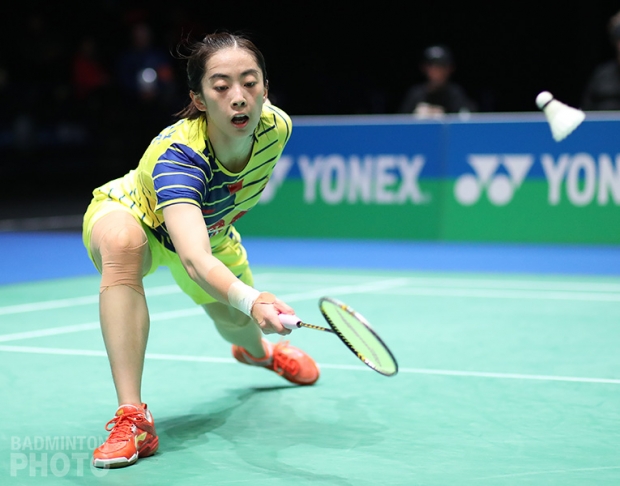
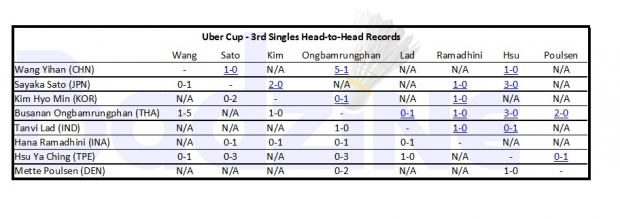
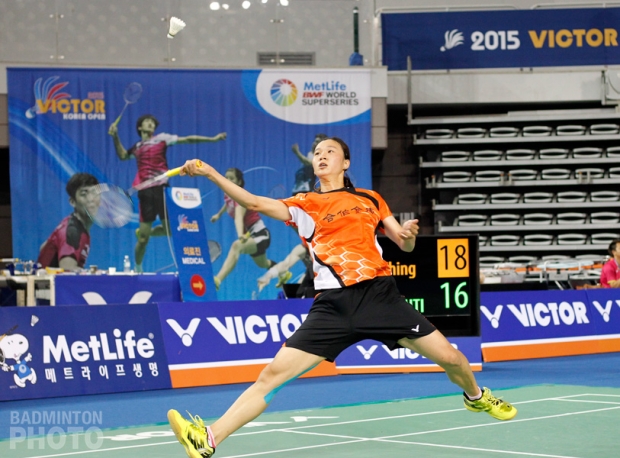
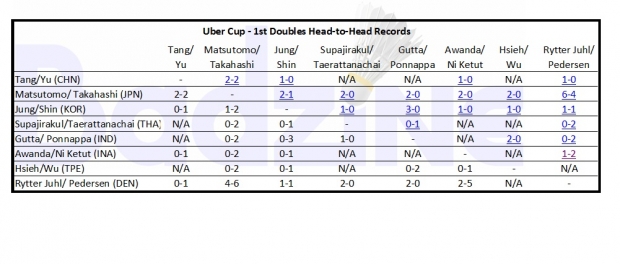
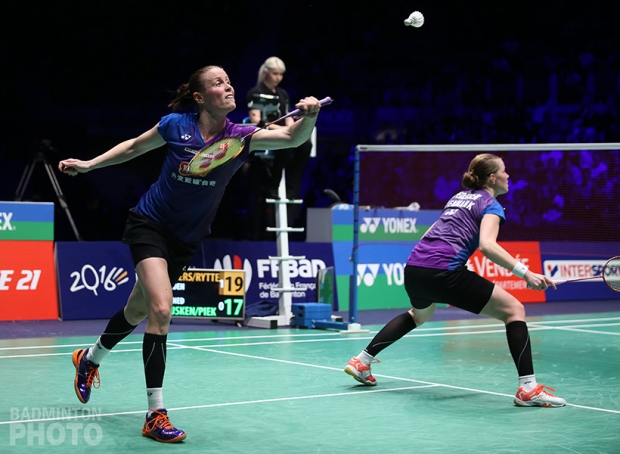
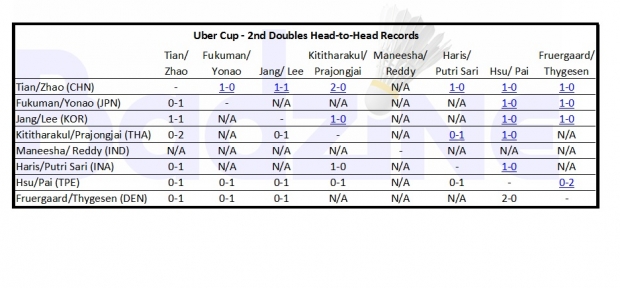
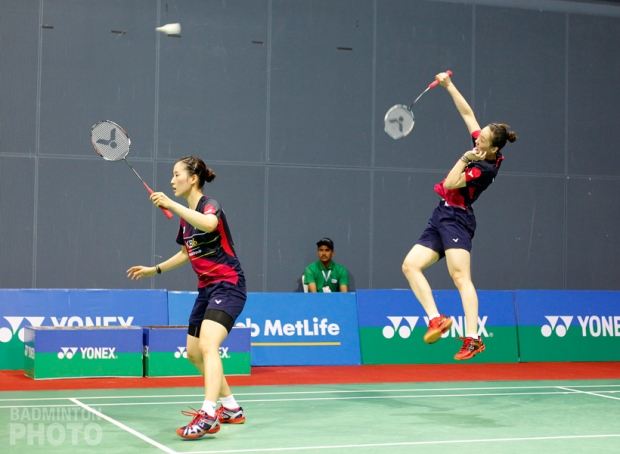
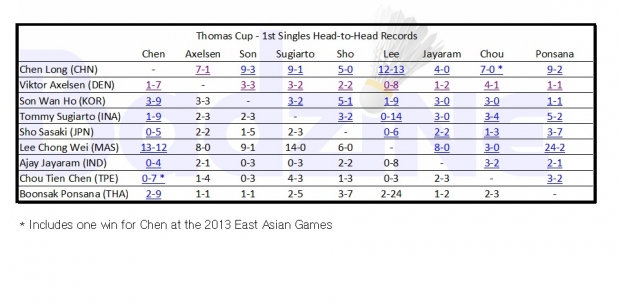
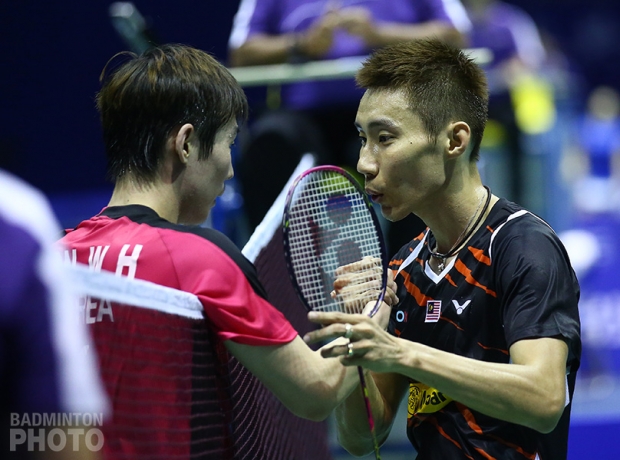
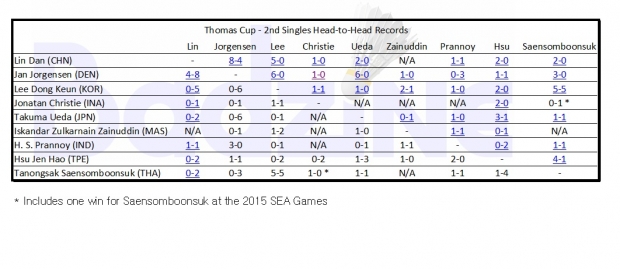
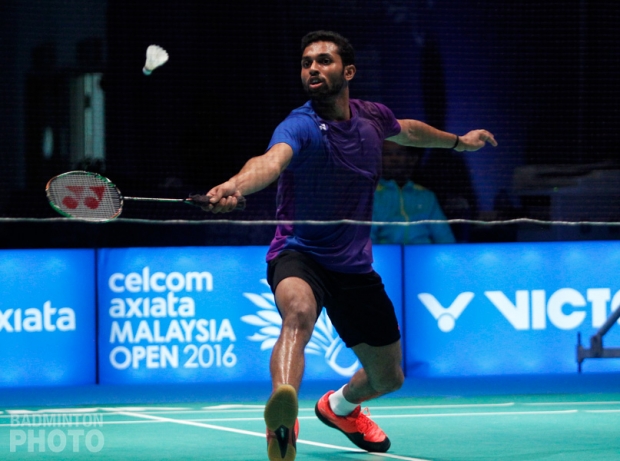
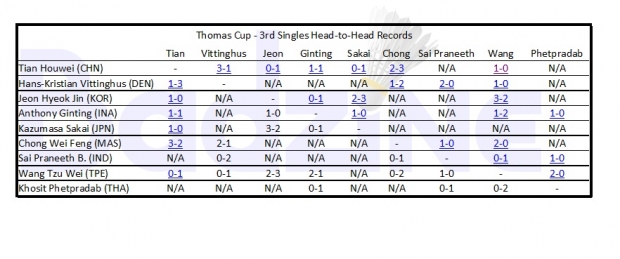

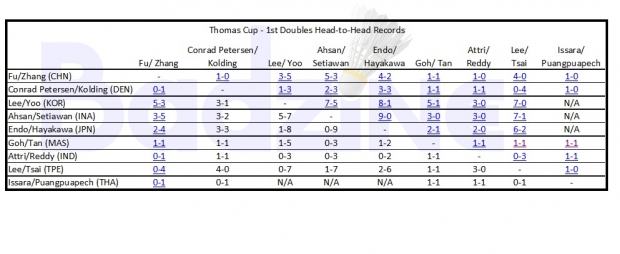
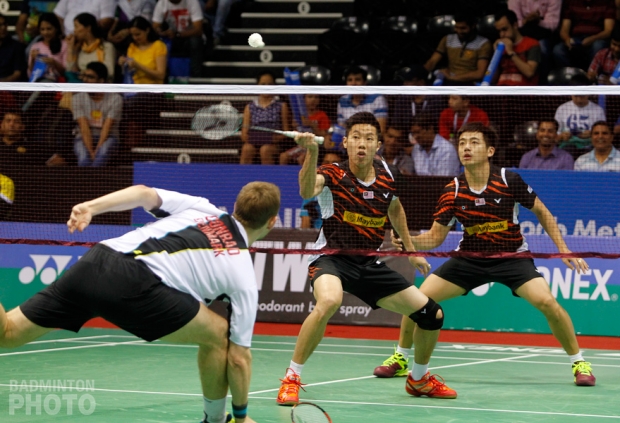
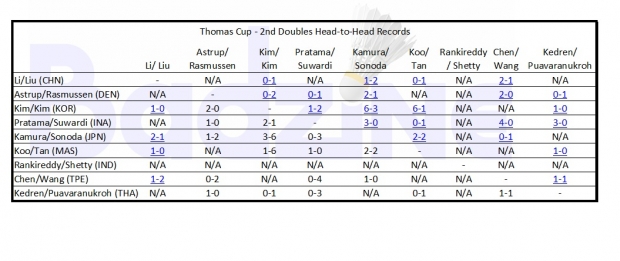
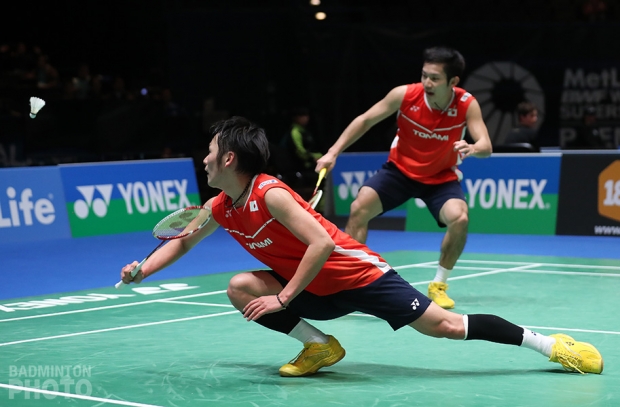
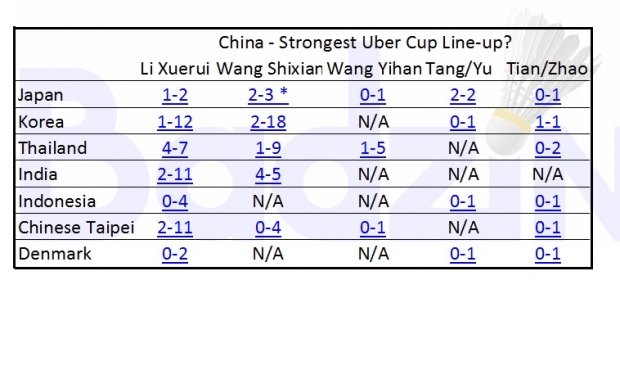
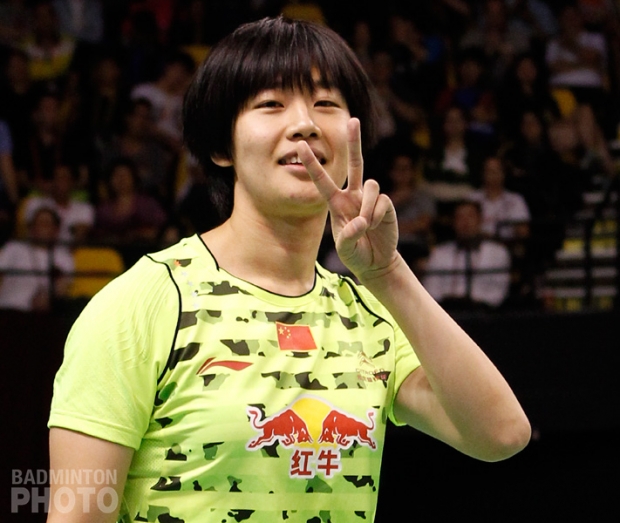
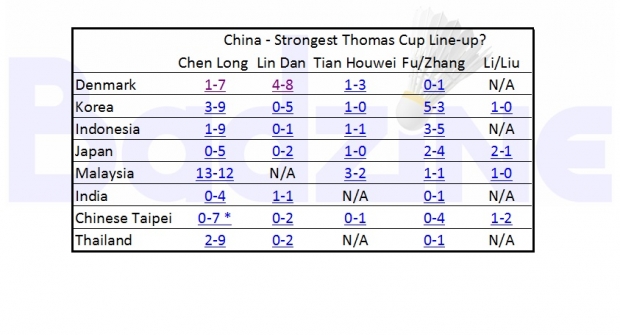
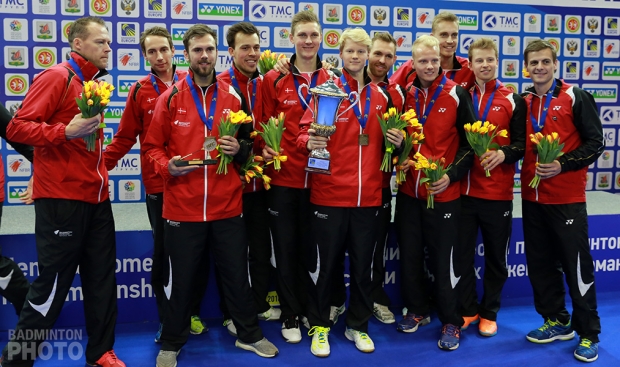

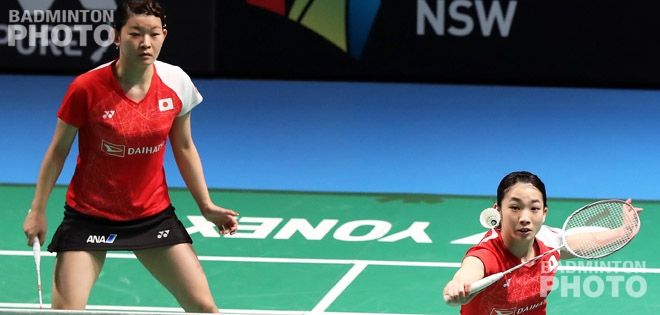
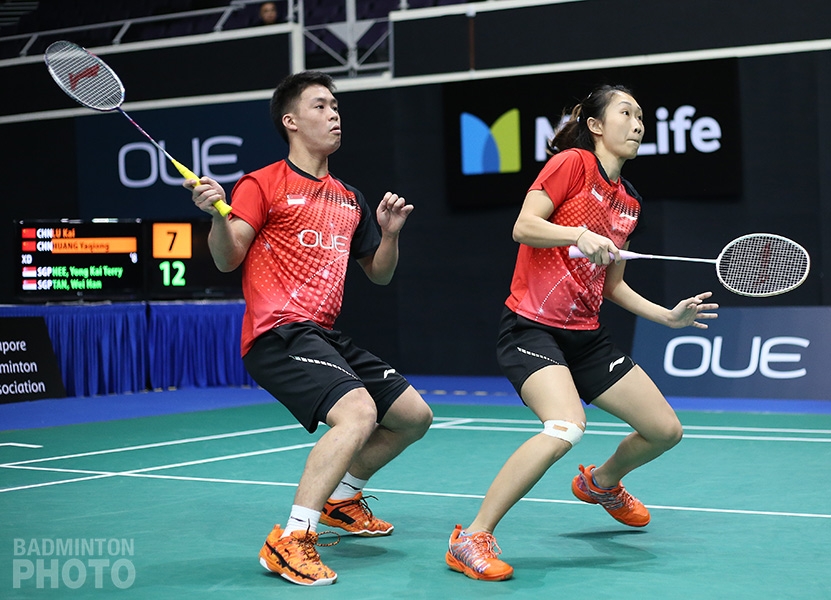
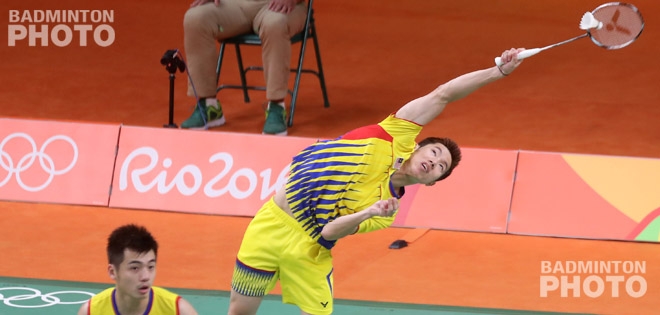
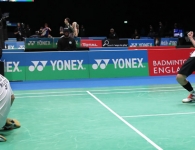

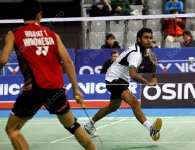
Leave a Reply